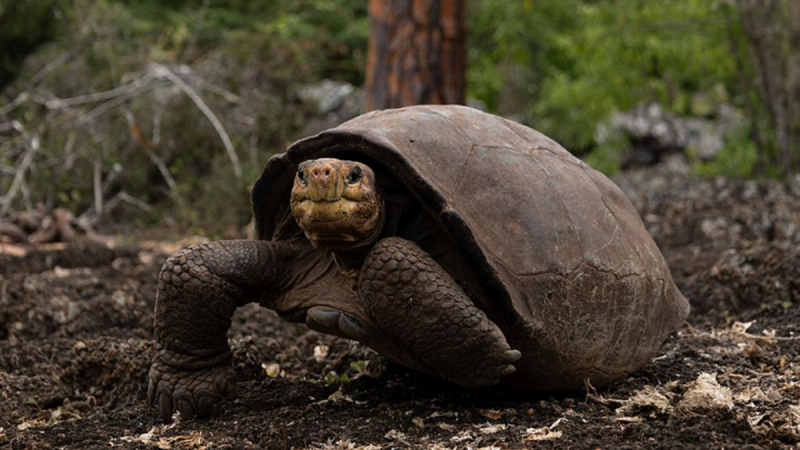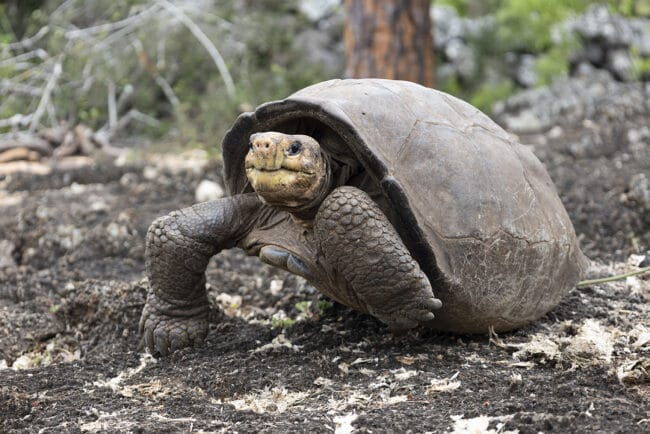Galapagos Tortoise
Seven of the Galápagos Islands are home to the Galápagos tortoise. Subspecies and populations have different shell sizes and shapes. The tortoises are larger on islands with wet highlands and have domed shells and short necks; whereas, on islands with dry lowlands, they are smaller and have "saddleback" shells and long necks. From approximately 250,000 in the 16th century to a low of about 15,000 in the 1970s, the number of tortoises decreased. The introduction of non-native animals to the islands, including rats, goats, and pigs, as well as overexploitation of the subspecies for meat and oil, and habitat clearing for agriculture, and these factors contributed to the decline.
The tortoises have a sizable bony shell that is either grey or dull brown in appearance. The ribs and shell plates combine to form a robust protective framework that is a part of the skeleton. These sluggish animals' shells can develop lichens. Despite the fact that the annual growth bands are useless for figuring out an animal's age since the outer layers are gradually worn off, turtles retain a distinctive scute (shell segment) pattern on their shells throughout their lives. For protection, a tortoise can retract its head, neck, and forelimbs into its shell. Large and stumpy legs with rough scales and dry, scaly skin are present. The back legs feature four claws, whereas the front legs have five.













